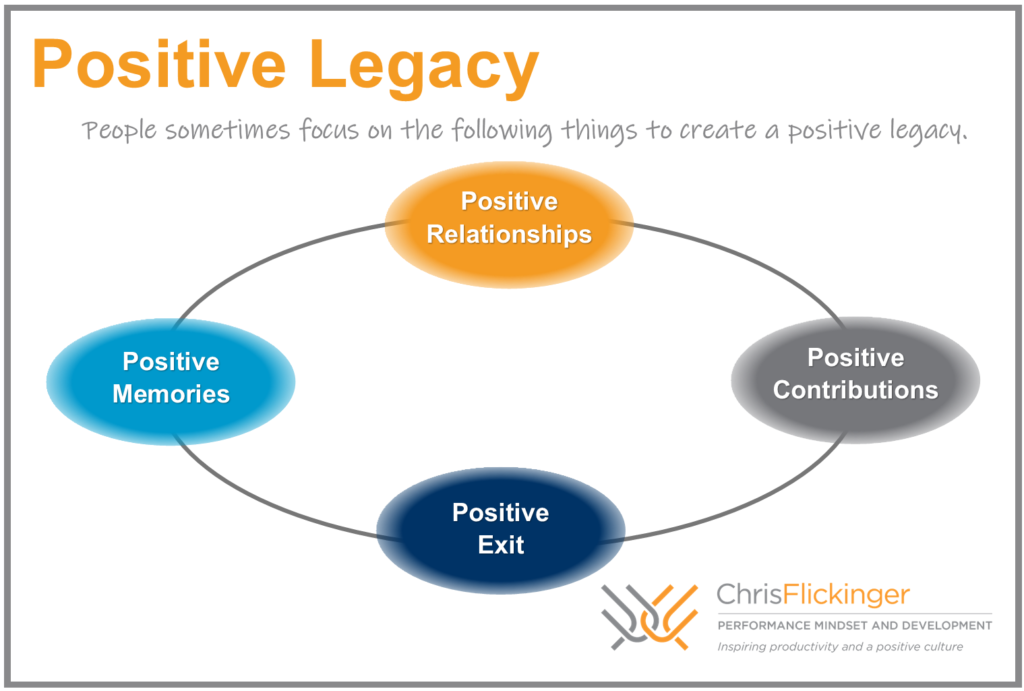 “We all need to get the balance right between action and reflection. With so many distractions, it is easy to forget to pause and take stock.” – Queen Elizabeth II
“We all need to get the balance right between action and reflection. With so many distractions, it is easy to forget to pause and take stock.” – Queen Elizabeth II
Queen Elizabeth II, Britain’s longest-reigning monarch, who sat on the throne for 70 years, died at 96 years old, leaving behind an incredible legacy.
It is not everyday that a leader passes away, retires or steps down. However, there has to be a plan.
“Operation London Bridge” – yes, that is what it is formally called by the British royalty team – immediately swung into action as soon as the Queen passed and her son took the leadership seat.
Challenge:
When people hear the word “retirement,” they often think of it as an exciting achievement. One gets to travel, play golf, read more, and spend time with family. Yet, we don’t talk about the psychological impact of retirement that many leaders experience, ranging from stress and anxiety to overwhelm, sadness, and depression. But, when you’ve poured your heart and soul into an organization and a job for 20+ years, the last thing you want to do is walk away without making sure they are poised for success after you leave. You want to leave a legacy that is remembered. Plus, you want to make sure the next leader has their feet firmly planted on the ground.
Psychological Principle:
In psychology, there is a psychological phenomenon called “the paradox of choice” that describes the overwhelming, paralyzing feeling humans get when presented with too many options. Choices are great, sure, but too  many choices will cause decision paralysis – the lack of ability to decide. In 2000, psychologists from Columbia and Stanford Universities conducted a study about jam in a local supermarket. On a standard day, a table was set up with 24 different varieties of jam for sale. Later, on a different day at the same location, shoppers encountered a table with only six varieties of jam to choose from. The table with six jams resulted in significantly more purchases. You can leverage the paradox of choice by limiting your options. Just like the British royalty team trying to decide what “Operation London Bridge” really looked like, they had to limit the possibilities and eventually pick a plan and plan to act on it. Making an early decision on the plan gives everyone more time to plan and prepare for the inevitable – and maybe even some time for tea, biscuits and jam fit for the Queen! Below are my eight legacy lessons:
many choices will cause decision paralysis – the lack of ability to decide. In 2000, psychologists from Columbia and Stanford Universities conducted a study about jam in a local supermarket. On a standard day, a table was set up with 24 different varieties of jam for sale. Later, on a different day at the same location, shoppers encountered a table with only six varieties of jam to choose from. The table with six jams resulted in significantly more purchases. You can leverage the paradox of choice by limiting your options. Just like the British royalty team trying to decide what “Operation London Bridge” really looked like, they had to limit the possibilities and eventually pick a plan and plan to act on it. Making an early decision on the plan gives everyone more time to plan and prepare for the inevitable – and maybe even some time for tea, biscuits and jam fit for the Queen! Below are my eight legacy lessons:
- You create your leadership narrative – You are in control of the type of leader you want to be and how you want to take your exit. Think about what you want this to look like.
- Think backwards – Your leadership legacy requires some proactive thought. Instead of just reacting, think about the qualities you want to carry with you. When you retire someday, what do you want others to remember about you and your leadership? A year after your retirement, what would you like to see the organization and the new leader accomplishing? Write these visions down.
- Act forwards – After you think about that legacy you want to leave, what steps do you have to take to get there? It is easy to get stuck in the day-to-day management tasks. However, the best leaders set aside time every week to focus on their leadership exit strategy.
- Have a plan and embrace new strategies – Don’t be afraid to lead differently than the people before you and don’t force the new leadership to lead the way you have. Be open to new ideas, new strategies, and even new leadership styles.
- Focus on long-term relationships – Your role as a leader does not stop the moment you leave. Focus your energy on keeping and growing long-term relationships with people in your organization and your industry. Stay on the board of directors. Volunteer some of your time. Retirement does not mean no further contact.
- Use tragedies/failures as learning experiences – Allow your future leaders to fail. While you are still at the company, let them take the lead and let them fall a bit. This is the only way they are going to learn. Let them know that you are there to help them get back up.
- Allow your work family to fight – Allow staff to argue, bring crazy and new ideas to the table, ask the hard questions and get frustrated and even mad. Retirement is a grieving process for all involved. Let them have their moment of frustration. Help them help you with this big change.
- Exit quietly, pause and take stock – The final test of a leader is actually leaving. You don’t need to have an elaborate exit. You know your job has been done well when you can step away and the business still thrives without you there everyday. Enjoy the moment after retirement to pause and take stock.

Mindset Shift:
- Think like the British royalty team – name your exit plan. Give it a fun name.
- Don’t look at too many types of jam. Consider a couple possible exit plans, pick one and act on it.
- A positive exit is part of a positive legacy. It’s your lasting impression! Your retirement is going to happen so you might as well make it good.
Performance Shift:
- The quicker you have a plan and act on it, the more time you have to get the next leader up to speed. Don’t be stuck in decision paralysis.
- Keep your leadership team in the loop. Nothing feels worse than feeling left out and uninformed. Share the good, the bad and the ugly – over tea, biscuits and jam!
- Don’t expect new leadership to do things the way you have done them. Be open to new ideas and let them mess up a bit. Think back to all the early mistakes you made.
Fun fact – despite all of its structural failures, the London Bridge survived for 600 years and never actually “fell down” as the nursery rhyme implies. When it was finally demolished in 1831, it was only because it was more cost-effective to replace it rather than repair it.
Retirement is not a “falling down.” Your next life stage is waiting for you with new adventures. Go after it and create this next chapter of your narrative. Your legacy will live on! If you want to learn more about leadership, legacy and succession planning, reach out to Chris!
Follow Chris on Social Media!











0 Comments